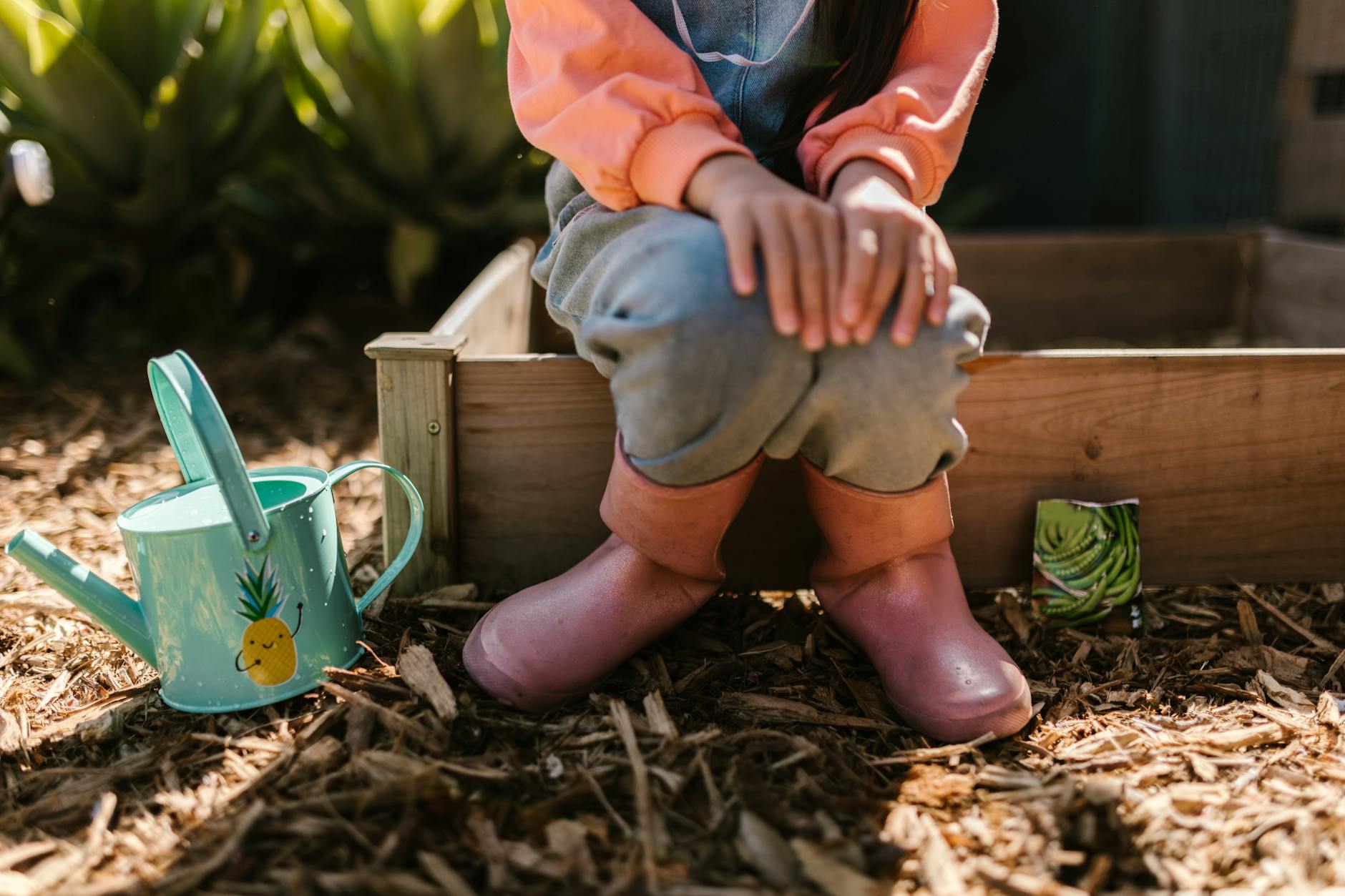
{4-minute read}
Wood, rock, rubber, recycled, dyed…
There are so many mulch options. Your choice in material can make a great impact in your landscape and the environment. A proper mulching application will reduce your resource investment.
How?
It’ll help your plants beat the heat.
Sunlight on bare soil will quickly dry the substrate and increase soil temperatures causing stress to plant systems. Mulches provide a protective layer so that moisture levels can be retained longer in high heat conditions, reducing watering and irrigation needs.
It has the power to suppress weeds.
Mulch won’t eliminate weeds, but it will decrease their occurrence. Seeds need sunlight in order to germinate. Mulching provides conditions that make it difficult for weed seeds to obtain the resources they need to grow, reducing or eliminating herbicides and weeding time.
It can break up compacted soils.
The dense clay composition of soil in 417Land can make growing things here a challenge. Many types of organic mulches break down within one or two seasons. Decomposition adds texture, disrupting soil density and supplying nutrients.
It has the power to beautify.
Plants add curb appeal to homes, have the ability to soften the geometry of structures, and can add ROI to an investment. A well mulched landscape protects these investments while creating an aesthetically pleasing environment.
Consider the environmental impact and ease of availability.

When choosing your mulch material, it is important to keep in mind the benefits and potential hazards a particular material may bring into your landscape. Let’s discuss four popular options that are readily available in most markets.
#4 Recycled Rubber Mulch
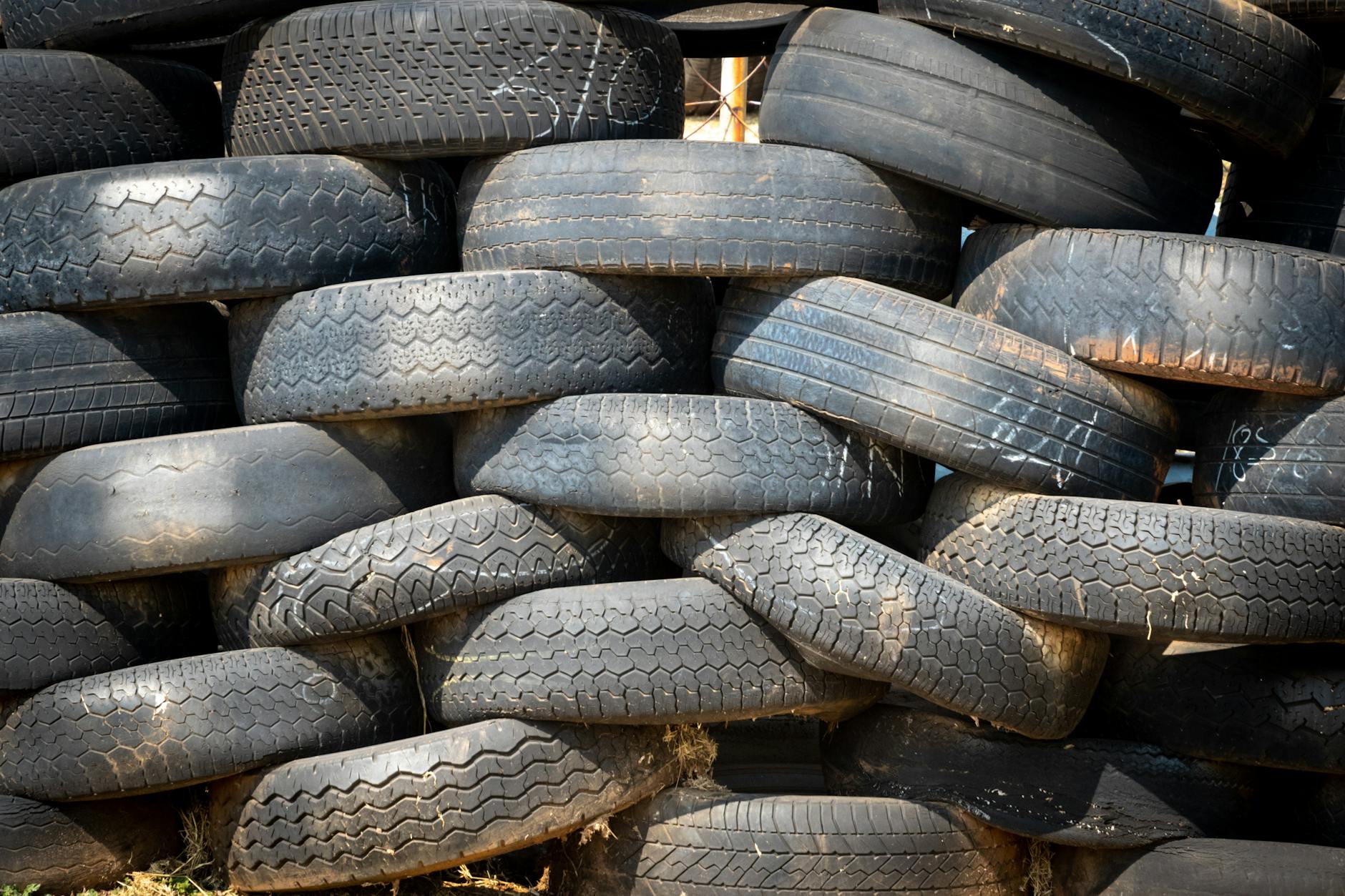
Mostly made from used tires. Tire rubber is known to be highly flammable and toxic. It adds no beneficial nutrients back to the soil. Research shows that leachates from this product have the ability to kill entire aquatic communities. Learn more from Washington State University.
#3 Recycled Pallet Mulch
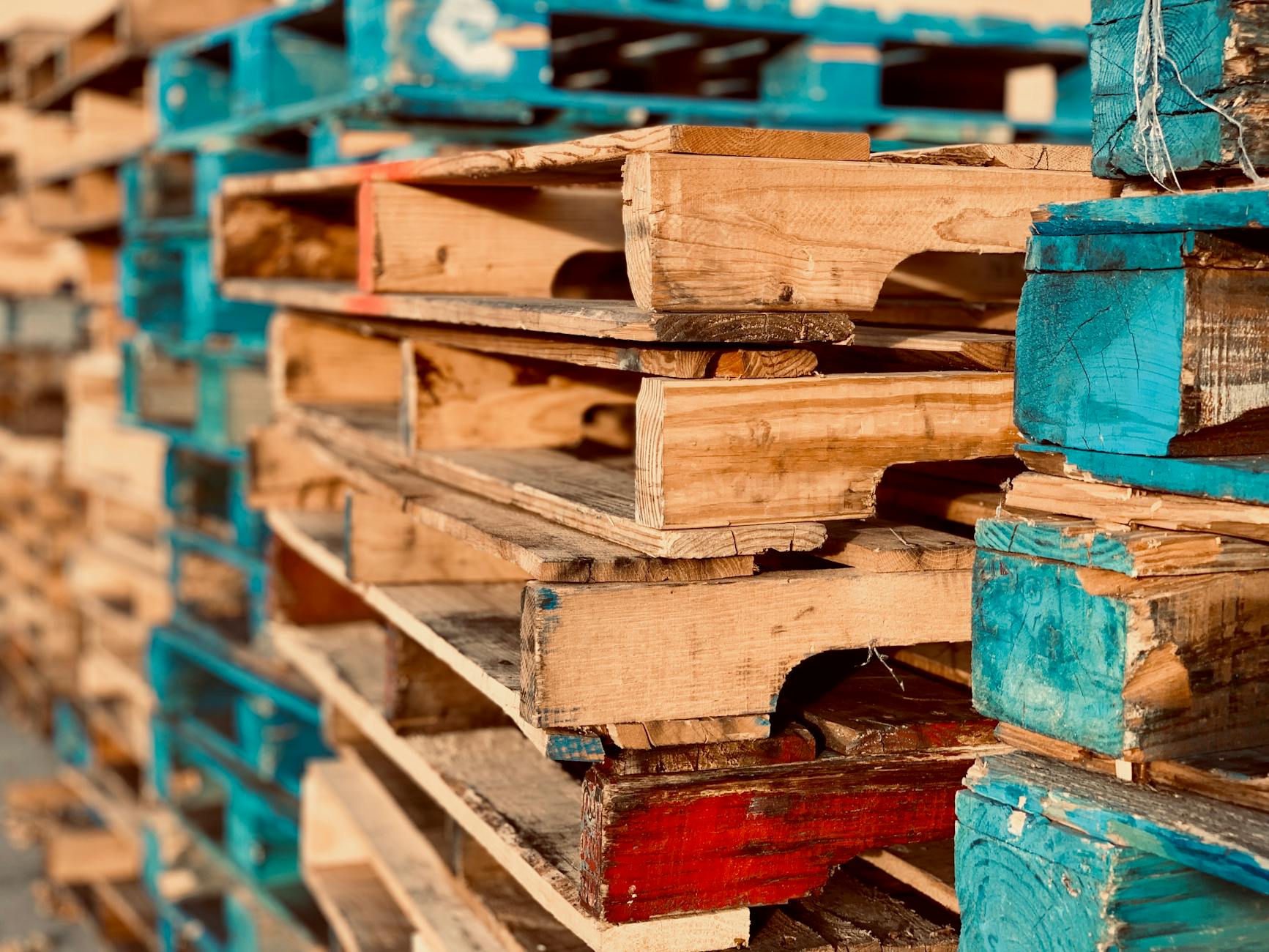
Ever wondered why some mulches contain pieces with paint, markings, and trash? It’s often made from used shipping pallets. Pallets are marked to indicate the type of treatment undergone during production- including chemical treatments. Chemical spills on these pallets are also common during their lifetime in the shipping industry. Learn more about why you shouldn’t use pallets for projects here.
#2 Rock and Gravel Mulch
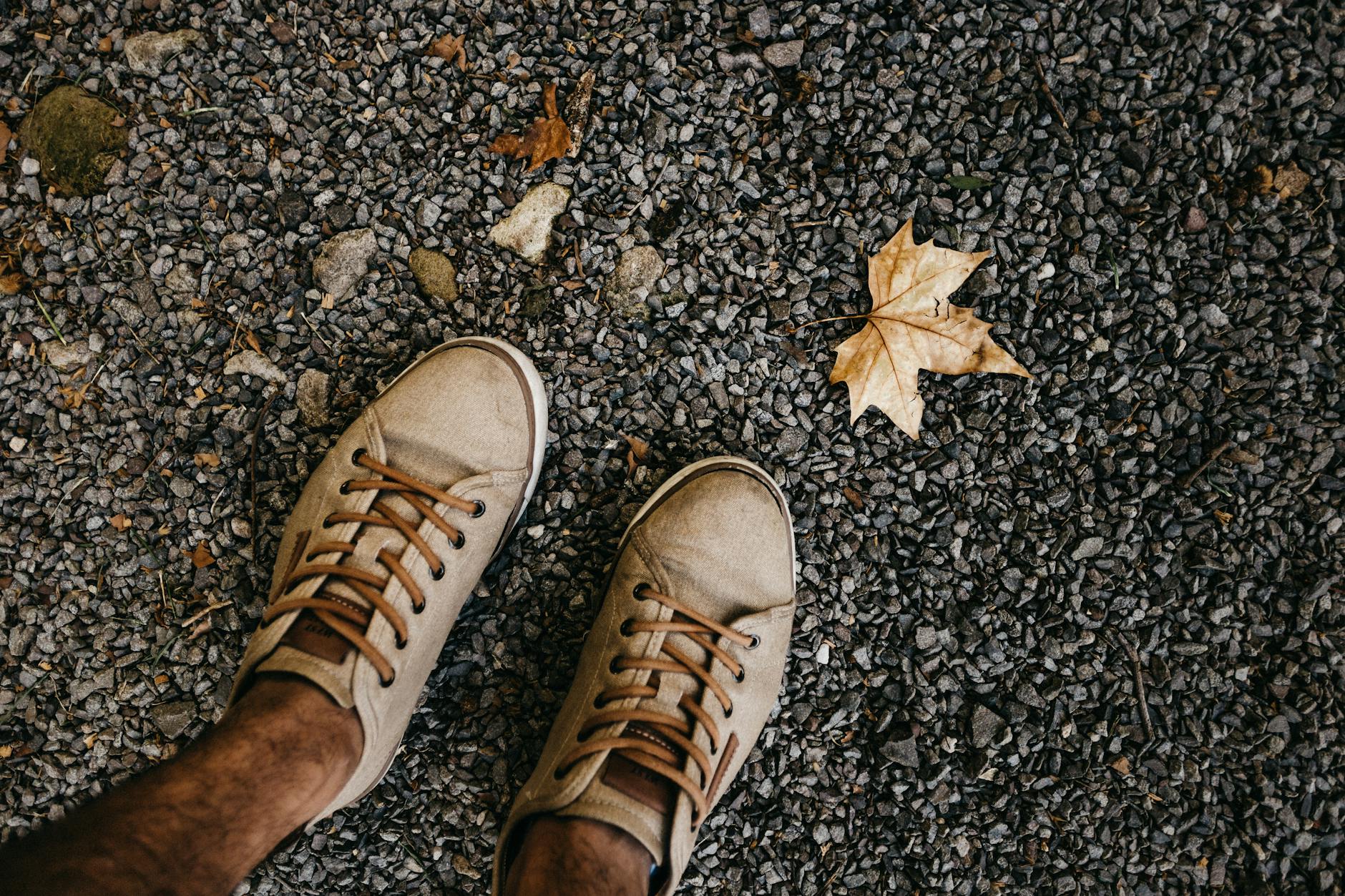
Lava rock, pea gravel and river stone are common rock mulch options. Rock has a tidy look and since it does not break down (at least when compared to the human lifespan) it can be a one-time investment for the property owner. However, this mulch type requires judicious use and site preparation.
Rock mulch is heavy and over time will sink into the surrounding soil. To prevent this, a barrier layer of landscape fabric is installed to separate soil from rock. Applying this layer prevents organic matter from entering the soil and feeding plants. Instead, organic matter will accumulate between the rock and fabric layer creating a cozy spot for weeds to thrive. Although technically a permeable material, landscape fabric significantly slows the rate of oxygen exchange and water infiltration, making it difficult for plants and soil microbes to obtain the resources required to survive.
Rock also acts as a natural heat sink by reflecting, absorbing, and releasing solar energy over time. When paired with tender plant materials, heat from rock mulch can solarize, or ‘cook’, roots, crowns, and stems. Succulents and cacti can thrive in these conditions, so it is key to ensure your mulch choice matches the needs of your chosen plant material. Learn more from Kansas State University.
#1 Organic Wood Mulch
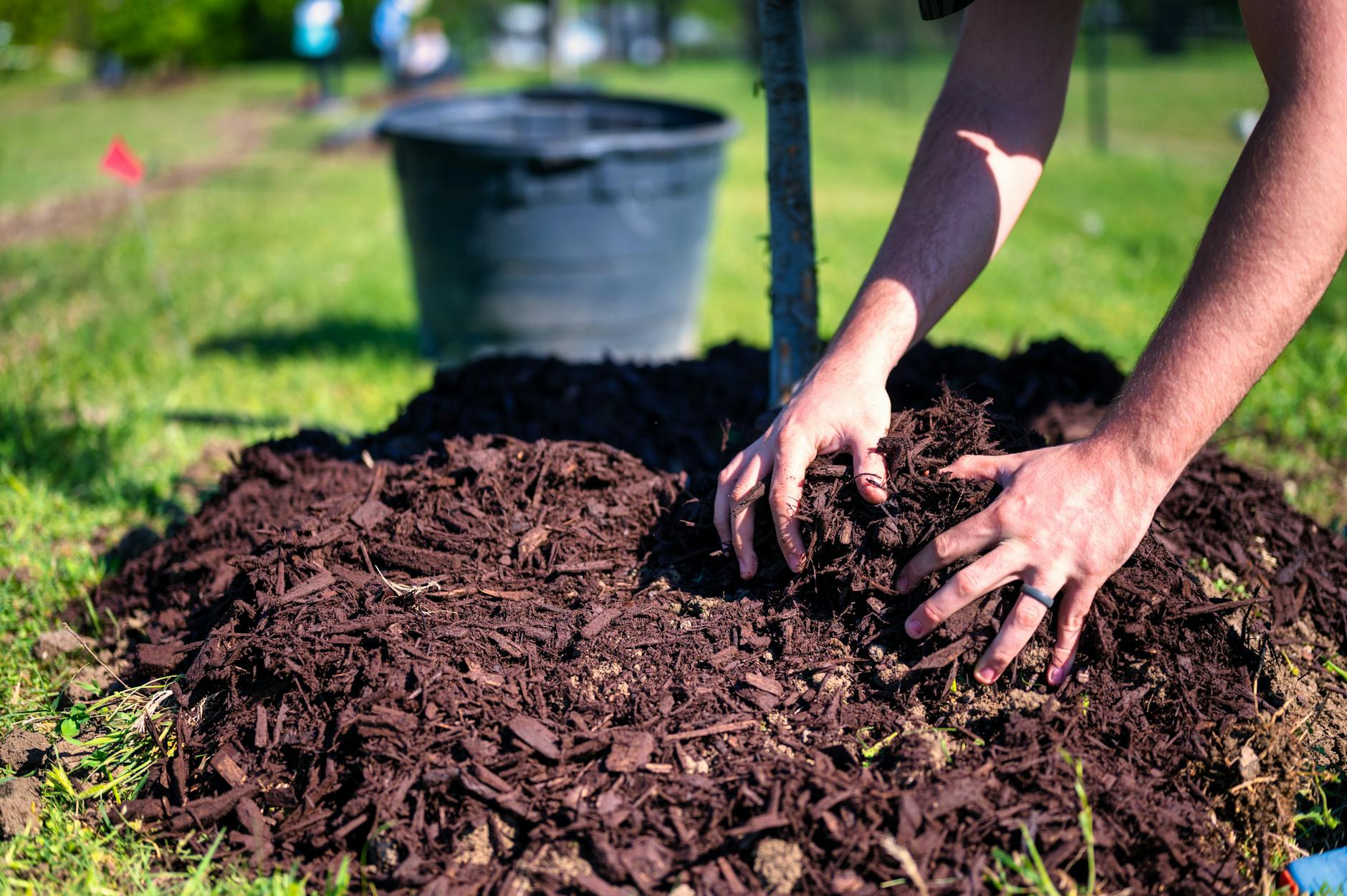
The real MVP.
This option benefits the soil by reducing evaporation, improving aeration and water penetration, and protecting plants with shallow root systems from freezing and/or heaving during winter.
Wood mulch will also improve the structure of soils and add nutrients during the decomposition process. However, it can also cause ‘nitrogen lockup’. Lockup occurs when soil organisms consume carbon in the wood chips, using up available nitrogen in the process. Adding blood meal, a byproduct of livestock production (alfalfa meal for a vegan option), will supply nitrogen to soil organisms and plant materials.
Organic wood mulch can often be found locally through arborists or your area’s yard waste recycling center. Using locally sourced products decreases your carbon footprint by reducing or eliminating the need for resource consumption such as plastic packaging and fuel for freight transportation.
Next up we’ll discuss the differences in types of organic wood mulch. There’s hardwood, softwood, coarse grind, fine grind, pine bark, pine needles…. You get the idea.
*Pollen to Petal is not affiliated with, nor receives any compensation from, any link or company mentioned within this post*